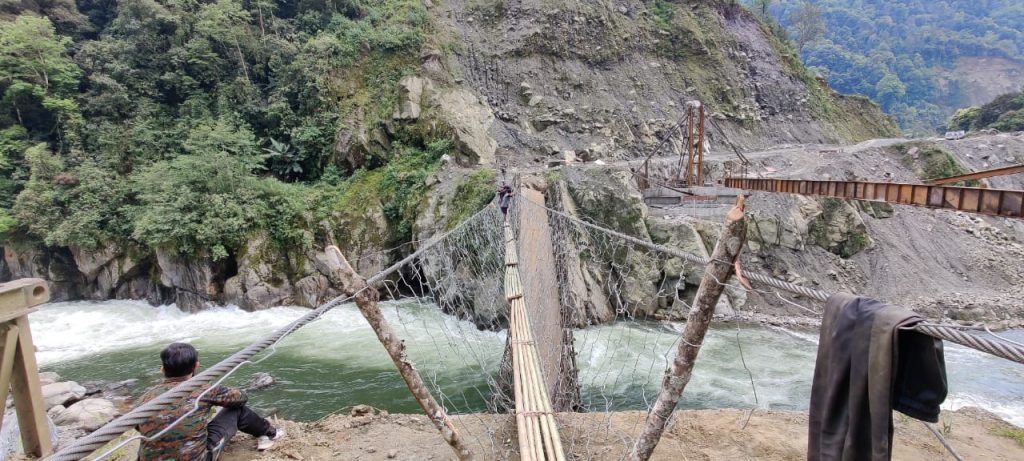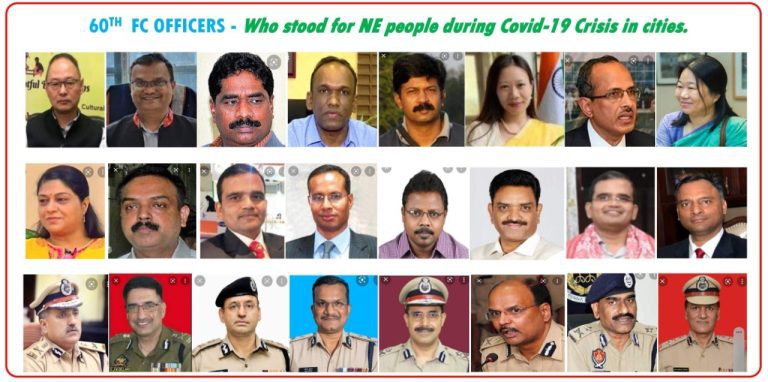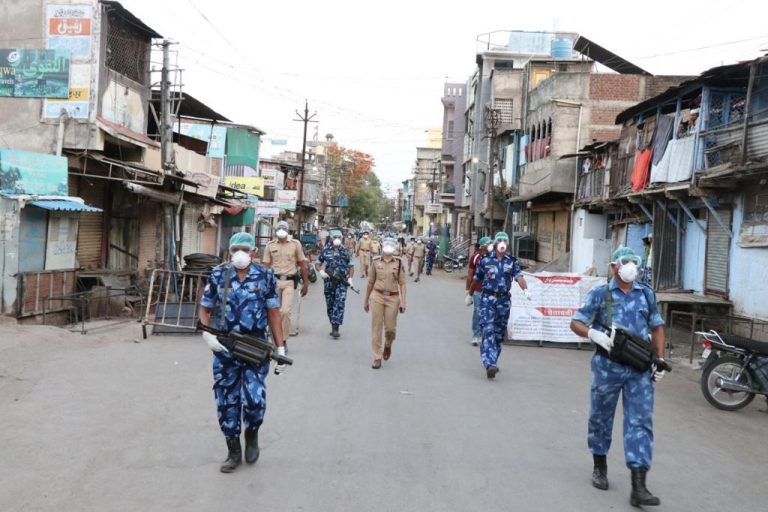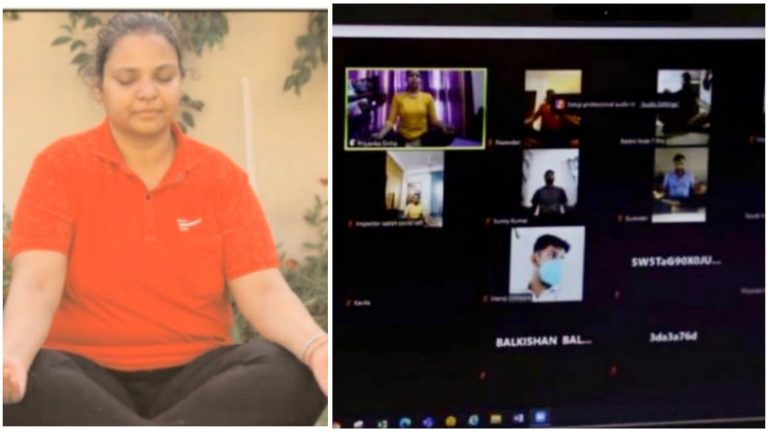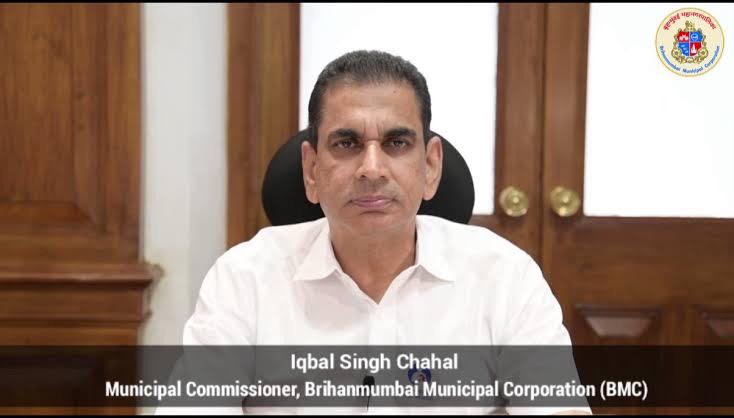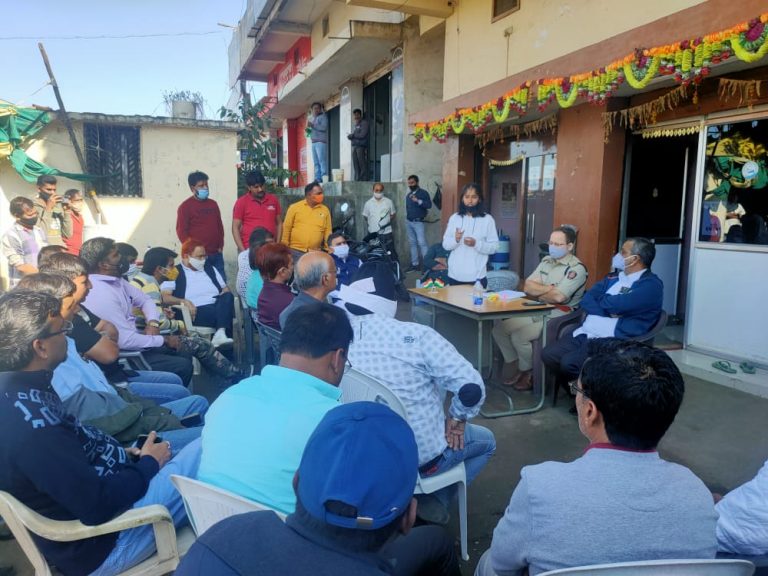Heroes do not just appear on cinema screens and all the high-octane drama doesn’t just happen in novels. A drama in real life, such as the one which unfolded recently in India’s remotest town in Arunachal Pradesh near the China border, produced heroes which can give the Bollywood stars a run for their money.
The town on the Indo-China border we are talking about is Anini, which is the headquarters of the Dibang Valley district in Arunachal Pradesh. A back of beyond town would be a lame description of Anini. To put things in perspective, Roing, the district headquarter of Lower Dibang Valley, is the nearest urban commercial centre for the people in Anini. And it takes them a minimum time of 10-12 hours to reach Roing, depending on the road condition.
All hell broke loose recently, right in the middle of the pandemic, when the only bridge connecting Dibang Valley with the rest of India collapsed. Anini, the district headquarters, suddenly became inaccessible.
To make matter worse, this was the second time in a year that the district was cut off from the rest of the country, making it doubly difficult for the administration to provide aid and information to the people amid the Covid pandemic. But the Deputy Commissioner of Dibang Valley, Mr Minga Sherpa, did not get unnerved.

In an exclusive interview with Indian Masterminds, Mr. Sherpa took us through the challenges faced by the district during these times and how it was a team effort which turned the tide for the administration.
AS REMOTE AS IT CAN GET
In 2001, Dibang Valley got bifurcated in two separate districts: Dibang Valley district and Lower Dibang Valley district. It is among the largest district in Arunachal Pradesh in respect to the area but at the same time it has the lowest population density in the whole country, with around 8,000 people residing in the whole district.
Speaking with Indian Masterminds, IAS officer Minga Sherpa, in charge of Dibang Valley district, said “Up till 2001-02, there was no road which connected the district to the rest of the world and it was entirely dependent on air supplies through helicopters. The main bridge which connects the district got collapsed last month due to which we have been functioning without it and have been using alternate routes for communication and supplies.”

“Apart from this, the entire district which is spread in an area of 9,000 square kilometers has just two mobile towers, that too 2G towers. Therefore, phone communication is also very difficult. BSNL is the only network service provider in the district and even that does not work properly mainly because of the 2G towers. There are only two-three spots in the district with VSAT (Very Small Aperture Terminal) connectivity through which people use internet,” he added.
WHEN NORMAL LIFE GETS IMPACTED
During such unprecedented times the country is dealing right now, the flow of right information plays a huge role in spreading awareness and conveying a message to people. However, the communication and connectivity gap were barring the administration in doing so. Even the emergency relief takes around a weeks’ time to reach via the fastest route.
Mr. Sherpa said “Roing is our main source of procuring essential goods like fruits, vegetables, ration, construction materials, supplies, etc. Since Roing got hugely affected by the disease, slowly and steadily it entered Anini as well. Almost every person in each village of Anini knows someone or the other in Roing due to which there is frequent travel between the two places.”
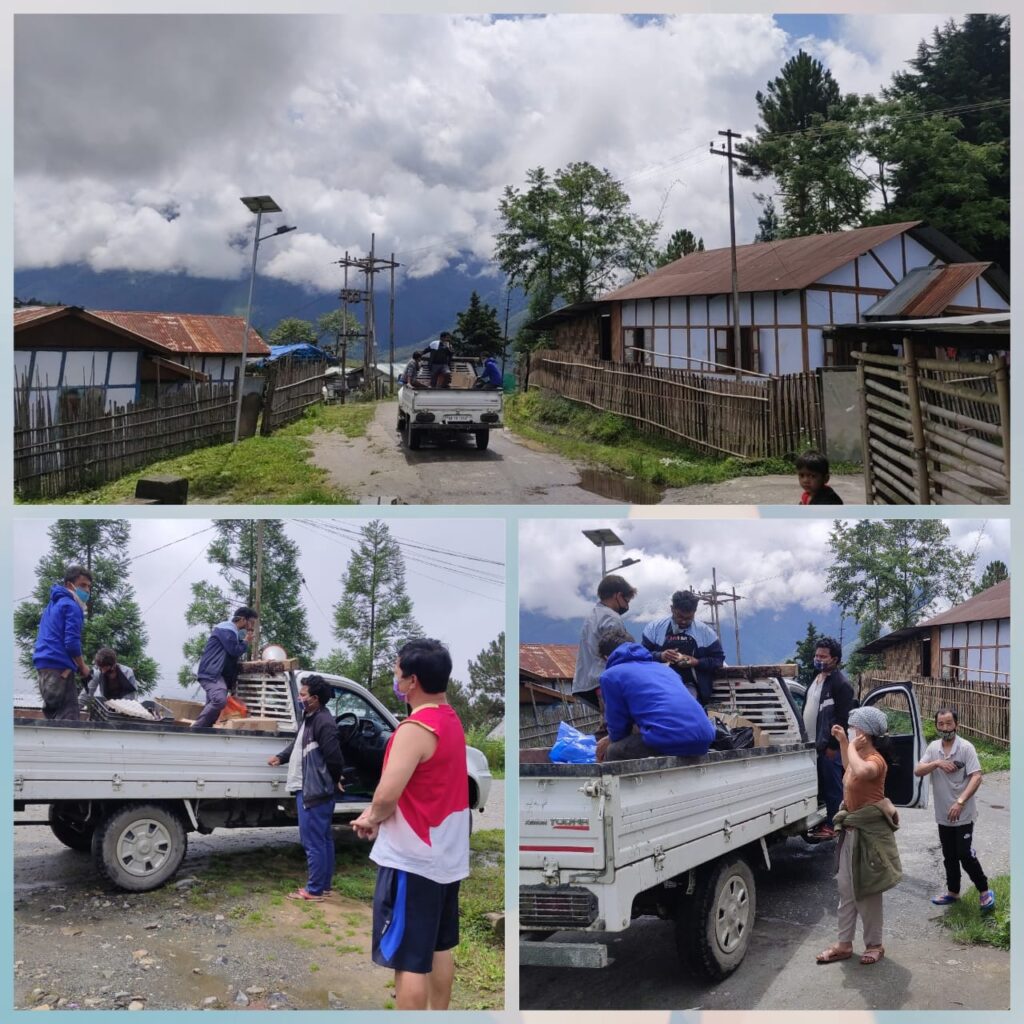
“Since modern methods of health communication don’t work in Anini, we have to rely on old fashion techniques. As we are currently under lockdown, we are using trucks owned by shopkeepers who visit colony to colony and take orders from people and deliver it. The administration takes care of the fuel and permits of such vehicles,” he added.

Teams have been made consisting of members from the administration, health department, and other departments who visit the villages and vaccinate the eligible ones. Apart from this, Covid 19 kits are being provided to each and every member so that people are aware of the dos and don’ts and have the necessary medication.
TEMPORARY BRIDGES TO THE RESCUE
As the major bridge which connects the village collapsed last month, the district administration with the help of the National Highways and Infrastructure Development Corporation (NHIDC) constructed a temporary hanging bridge which is also known as a foot suspension bridge (FSB).

Mr. Sherpa said, “We have vehicles which halt at one side and the members of the administration carry the supplies over the bridge from the other side. Once they cross the bridge, the vehicles are loaded with the supplies which are then taken to the district headquarters. Through these bridges, our frontline workers have been carrying the oxygen cylinders, concentrators, and other medical equipments for the past two months.”

The process of recovering the collapsed bridge has been halted as there was a surge in Covid cases among the personnel of company which is building the bridge.
But all these issues did not deter Mr Sherpa from ensuring the smooth functioning of the district and safeguarding the vital interests of its residents.

